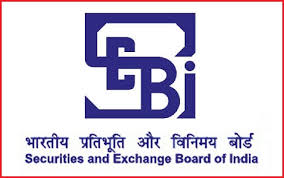
Private equity (PE) investors announced deals worth $983 million in January, a 23 per cent rise in value terms over last year, driven by big ticket transactions, says a Grant Thornton report.
According to the assurance, tax and advisory firm, in January, there were 84 PE deals worth $983 million, against 81 such transactions worth $796 million in January 2017.
“Private equity deals recorded 4 per cent increase in deal volumes and 23 per cent increase in deal value in January 2018 as compared to January 2017,” said Pankaj Chopda Director at Grant Thornton India LLP.
January was dominated by investments in start-ups which contributed to 52 per cent of total investment volumes. On the other hand, energy & natural resources and real estate sectors witnessed big-ticket PE investment over $100 million together capturing 39 per cent of total PE deal values.
Altico Capital’s investment of $195 million across five realty projects in Hyderabad and Pune was the top PE deal in January.
Other major transactions include Canada Pension Plan Investment Board’s 6 per cent stake acquisition in ReNew Power Ventures for $144 million and Warburg Pincus and SAIF Partners’ $50 million investment in Rivigo Services.
Going forward, the PE deal outlook looks bullish especially for the start-up sector.
“Increasing customer penetration in online transactions and increasing solutions to simplify online transactions offered by start-ups will attract interest in start-ups engaged in retail, fintech, foodtech, on demand services and travel and logistics,” Chopda said.
“Government reforms such as RERA, focus on cleantech and on increasing digital financial transactions will drive the momentum in banking and financial, real estate and energy and natural resources.
India-specific strategies by global and already present PE firms and funds raised by new players will act as catalyst for PE transactions,” he added.
Source: Business Standard




